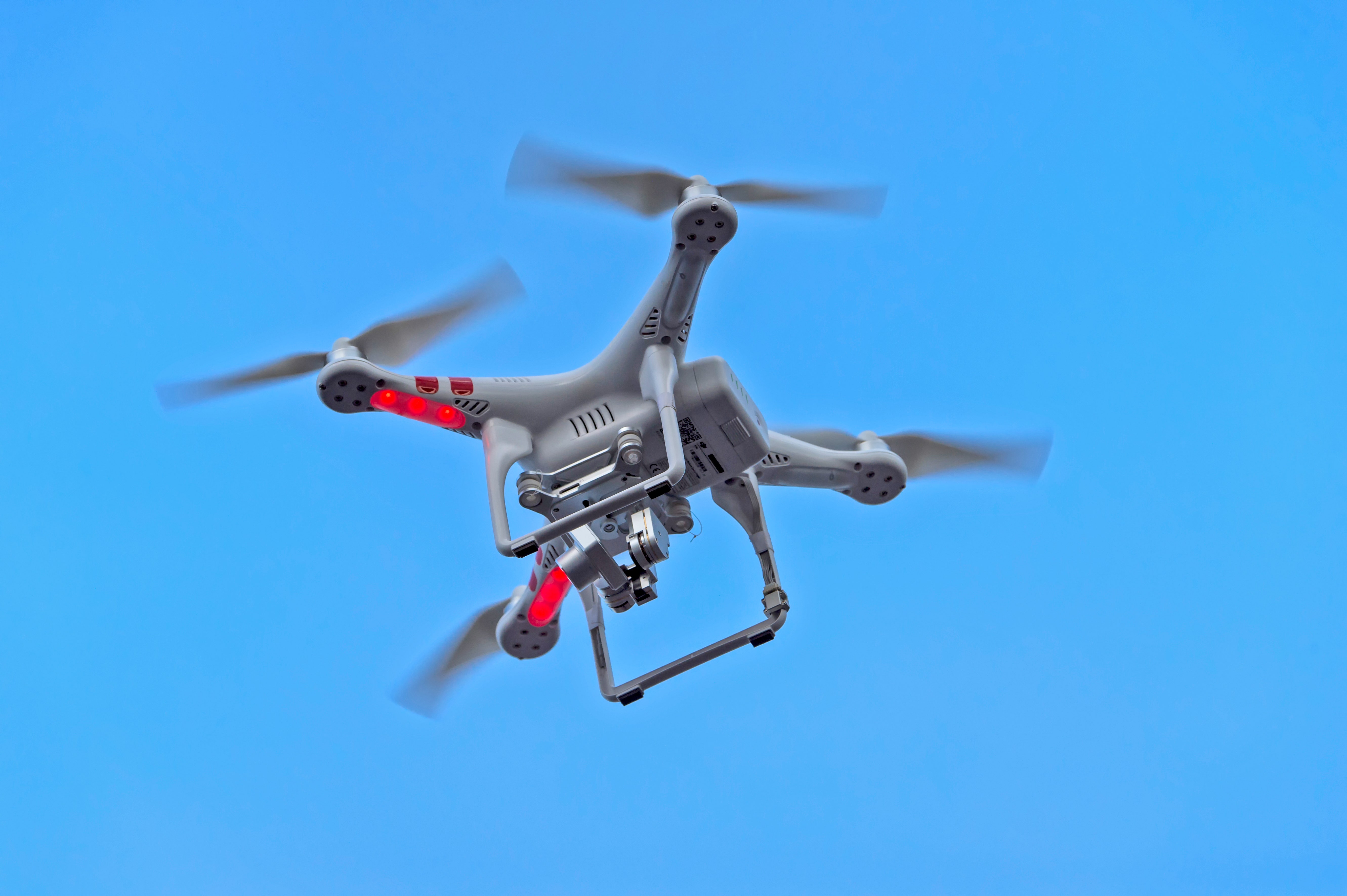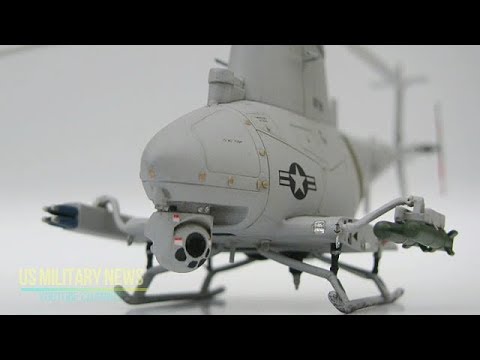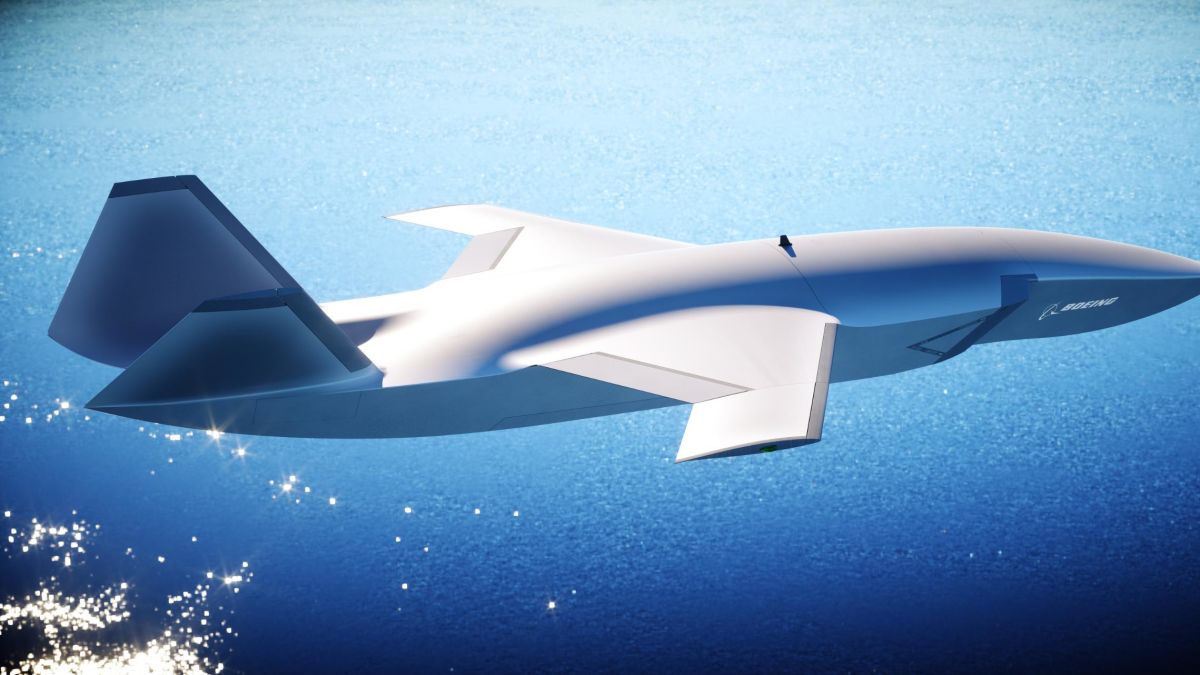
The DJI Matrice Series is the most recent offering from the manufacturer. The DJI Matrice series has fast horizontal speeds of 23 m/s (75.5 feet/s) and can fly up to 7,500 meters above the sea level. It has an endurance time of 41 minutes, and IP55 protection. These characteristics make it ideal to deploy in many conditions. The DJI Mavic Pro's temperature ratings range from -20 degrees Celsius to 50 degrees Celsius. The drone can also be operated in extreme temperatures, from -4 to 122 degrees Celsius.
DJI Matrice 300 RTK
DJI's Matrice 300 RTK commercial platform takes design cues from the modern aviation system. This powerful drone has a flight time of 55 minutes, 6 Directional Sensing & Positioning sensors, and advanced AI capabilities. This drone is the next step for commercial drone development and is an ideal tool for aerial photographers or video producers. Continue reading to find out more about the drone's features.
DJI Matrice 200
The DJI Matrice 200 is a professional quadcopter that leverages the Inspire 2 platform. It is IP43-rated and can withstand water and other weather conditions. It can fly up to 38 minutes, depending on its battery capacity. The Matrice 200 is equipped with either two TB50- or TB55 batteries. This gives you the option of shooting in daylight or under shade. To capture your video, there are two cameras aboard and a mount camera.

DJI Matrice 220
The DJI Matrice 200 is a professional quadcopter. It uses the Inspire 2 platform. It is ruggedized for weather and water resistance and IP43-rated. The Matrice 200 requires two TB50- or TB55 batteries. Each battery lasts for approximately 38 minutes. The DJI Matrice 200 has indoor and outdoor capabilities. This drone is great for aerial footage.
DJI Matrice 30
The DJI Matrice 30 series has the ability to autonomously takeoff and land. It can charge itself anywhere within a range of 7 kilometers. It has an integrated charging module that can recharge it. The DJI Matrix 30 drone is equipped with a fast-charging system and a battery cooler. It can land and take off in less than 25 minutes. Its performance is determined by measurements taken in clear and unobstructed surroundings.
DJI Matrice 210 RTK
DJI Matrice 210 Professional Quadcopter is ruggedized, and leverages Inspire 2 platform. It can be flown for 38 mins on two TB50/TB55 batteries and has an IP43 rating. The DJI Matrice 200 comes with a camera and gimbal, and features GPS and ADS-B for positioning. The Matrice 210's waterproof and dustproof features are also included.

FAQ
Which US states allow drones?
It is legal to operate a drone as a hobby. The Federal Aviation Administration (FAA) has set up guidelines that allow people to use small unmanned aircraft systems (UASs). These UASs must be registered with the FAA before they can be flown. If certain conditions are met, the FAA allows commercial operators to fly these UASs.
What type of batteries can a drone use to charge its batteries?
The majority of drones run on lithium-ion batteries. A typical drone runs on between 3 and 6-volts.
What are the rules and regulations for drones operation?
You need to register your drone with the FAA. The registration process requires you to provide information about your device, such as its weight, dimensions, battery capacity, operating frequency, and battery life. You will also need to get an FAA identification number.
Statistics
- With the top 10% making over $100/h and the bottom 10% making as low as $10/h. (dronesgator.com)
- According to the multiple listing service (MLS), houses and apartments with drone photographs are up to 68 percent more likely to sell than those without pictures. (thedroneu.com)
- Research and Markets predict a growth rate of 51.1% over the next five years. (thedroneu.com)
External Links
How To
How to Fly Drones at a Beginning Level
A drone can be used to fly remotely controlled aircraft for photography, surveillance, scientific research, hobby and commercial purposes. Drone technology has been around since World War II. DJI introduced their Phantom series of quadcopters in 2010, but commercial use only began in 2010. There have been many drones made since then. These range from beginner-friendly drones like Parrot AR Drone 2.0 to more advanced multi-rotor craft like DJI Mavic Pro.
There are many options for flying a drone.
-
Remote control – This technique uses a control device attached directly to your hands that allows you steer the drone around its flight path. There are two main types of controllers: On/Off switches (like a radio) and joysticks.
-
Manual Control- This allows you to control your drone remotely via GPS coordinates. Follow the instructions of the app to track the exact location you want the drone go.
-
Autonomous Flight - This method involves leaving the piloting duties to the drone itself. The drone is able to fly autonomously, without the need for human intervention. It must have a builtin camera, sensors capable of taking images and data to enable autonomous flight.
-
Triggered Flight – This method is very similar to manual flight. The pilot creates a route that the drone will follow until it reaches the destination. Once the programmed route is completed, the drone lands automatically and returns back to the base.
-
Landing Gear – Some drones are equipped with landing gear, which allows them to safely land if they lose power during flight.
-
Goggles – Pilots often wear goggles while flying to keep themselves safe from any debris.
-
Camera - Certain drones come with cameras that allow you to take photos and videos from high above.
-
Obstacles-Some drones come with obstacle avoidance devices that keep them from hitting obstructions.
-
Speed - Drones can reach speeds up to 40 mph.
-
Battery Life - Most drones are capable of lasting between 20 minutes and three hours, depending on the power that you use.
-
Range - Depending on the model, some drones can travel up to 30 miles away.
-
Power source - Some drones require an external power source; others work off internal batteries.
-
Weight - Some drones have a weight of less than 1 pound and others weigh 4 lbs.
-
Size - From small drones that can be carried in the palm of one's hand to larger drones that weigh over 50 pounds, drones come in a variety of sizes.
-
Price – All drones fall into a price category. These range from expensive models that cost thousands to affordable options that start at 100 dollars.